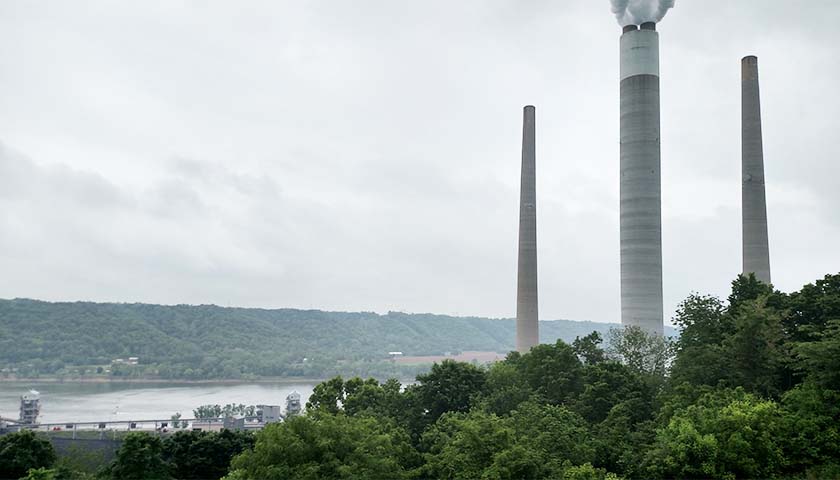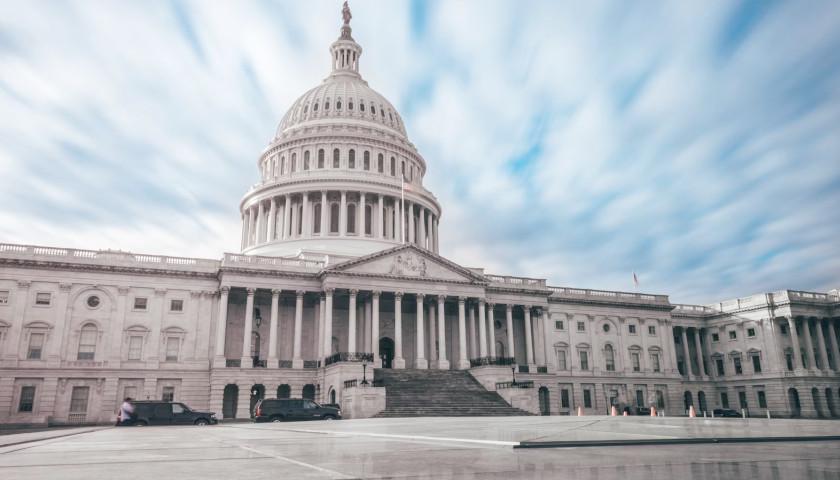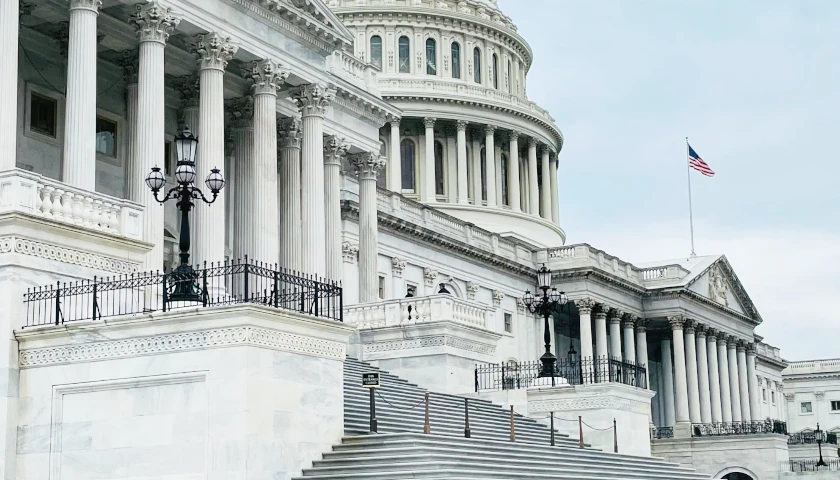by J.D. Davidson
A group of Ohio economists believes government subsidies for coal power plants create distortions in the market, eliminates competition and does not produce positive results, according to a new survey from Scioto Analysis.
State leaders continue to pick apart House Bill 6, the scandal-ridden energy bill passed two years ago that produced billions of dollars for two state nuclear power plants but also included subsidies for coal plants and renewable energy producers. It also led to what federal prosecutors call the largest government corruption scandal in state history and the ouster of indicted former Speaker of the House Larry Householder.
The group’s report surveyed 22 economists from around the state, and 21 disagreed with the statement that subsidies for coal plants would grow the economy.
“Economists who disagreed with the statement also talked about the way subsidies distort the market in the absence of positive externalities, with the public sector picking certain projects over others that do not provide a net benefit to society,” the report read. “Multiple economists also talked about how renewable energy sources that have positive social benefits would be a better target for subsidies than nonrenewable resources with net negative social benefits.”
Jonathan Andreas, a professor at Bluffton University, thought subsidies would be justified only by positive outside results, and he does not see any with coal.
“If energy prices need to rise to encourage supply, then that would allow any producer to compete for business, but instead of letting markets work, politicians picked two winning power plants to award money upon,” Andreas said. “That smells of corruption. Half of the money is going to an out-of-state plant and most of the benefits probably go to out-of-state shareholders! Bad for Ohio.”
Ohio lawmakers continue to criticize coal ratepayer subsidies in HB 6 that go to an Indiana coal plant.
Clifty Creek Coal Plant, owned by Ohio Valley Electric Coop, is in Madison, Indiana, an hour from the Ohio border. Ohio Valley Electric receives $232,000 in ratepayer subsidies per day, state Reps. Jeffrey Crossman, D-Parma, and Casey Weinstein, D-Hudson, said. Part of those subsidies go to Clifty Creek.
Lawmakers already repealed parts of HB 6, including nuclear subsidies, but the coal money remains. Legislation to eliminate the coal subsidies is having hearings in the House.
Kevin Egan, professor at the University of Toledo, called the subsidies a waste of taxpayer dollars.
“Coal is now a more expensive source of energy than natural gas or renewable sources such as solar and wind and coal is the most polluting source of energy,” Egan said. “Thus, it is efficient to dramatically reduce our use of coal. Instead, Ohio is propping it up with not efficient corporate subsidies. Complete 100% waste of taxpayer dollars.”
Householder faces federal bribery and racketeering charges in the $60 million scandal that led to the passage of HB 6 and a billion-dollar bailout of the state’s nuclear plants.
The company at the heart at of the scandal, FirstEngery, agreed to pay $230 million and cooperate fully with the government as part of a deferred prosecution agreement.
Householder was expelled from the House earlier this year. He, along with four co-conspirators, were charged a year ago. Three of the six entities have pleaded guilty.
Also charged were former Ohio Republican Party Chairman Matt Borges, lobbyist Neil Clark, the Oxley Group co-founder Juan Cespedes and strategist John Longstreth.
– – –
An Ohio native, J.D. Davidson is a veteran journalist at The Center Square with more than 30 years of experience in newspapers in Ohio, Georgia, Alabama and Texas. He has served as a reporter, editor, managing editor and publisher.
Photo “Clifty Creek Power Plant” by Crowezr. CC BY-SA 3.0.





